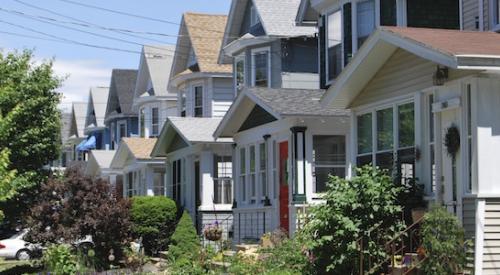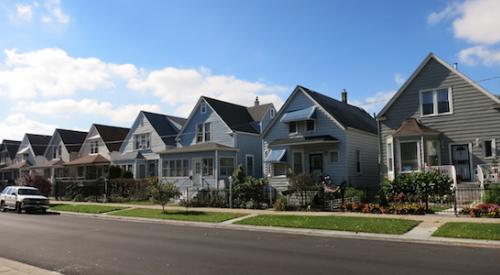The latest analysis of Census data by the Pew Research Center finds that the American middle class has stabilized its size, but is losing economic power to those in upper classes.
In the study, middle-class Americans were defined as those with annual household income two-thirds to double the national median, adjusted for household size. Middle-income households were better off in 2016 than in 2010, according to the Pew Research Center, growing six percent in that time. Upper-income households, accounting for 19 percent of all U.S. adults, experienced nine percent growth in that time. However, the median income for middle-class households was about the same in 2016 as it was in 2000, and only upper-income households saw growth. In fact, the gaps in wealth between upper-, lower-, and middle-income families were at the highest levels recorded in 2016.
The recent stability in the share of adults living in middle-income households marks a shift from a decades-long downward trend. About half (52 percent) of American adults lived in middle-class households in 2016. This is virtually unchanged from the 51 percent who were middle class in 2011. But while the size of the nation’s middle class remained relatively stable, financial gains for middle-income Americans during this period were modest compared with those of higher-income households, causing the income disparity between the groups to grow.













